The Ministry of Land, Infrastructure, and Transport (Minister Won Hee-ryong) passed the 31st Urban Regeneration Special Committee* (Chairman: Prime Minister Han Deok-soo) through written deliberation (Dec. said to have been selected.
* Urban Regeneration Special Committee: Prime Minister (chairman), private members (13) in each field, such as economy, industry, culture, city, architecture, and welfare, and government members (ministers and heads of 16 related ministries, including MOEF and MOLIT)
This new project is to promote urban space innovation through the creation of economic bases in declining regions, ② strengthen urban competitiveness through customized regeneration projects for each region, and ③ lead balanced regional development through active participation of the region and the private sector. Projects with high feasibility and feasibility were selected and selected from among a total of 7 sites submitted to the central and regional contests, with an emphasis on the “Regeneration Promotion Plan”.
* (Innovation district) A district-level development project to create a regional base where industry, commerce, and housing are concentrated
(Regional-specific regeneration) Promotion of storytelling and urban branding using unique assets such as history and culture, and revitalization of central and alley commercial districts
(Reviving Our Neighborhood) Deteriorating residential environment improvement projects such as residential area maintenance and house repair in small residential areas
** Gyeonggi Yongin and Gangneung, Gangwon are regeneration projects using smart technology, and government support is expanded more than other projects.
(Additional support of 30 billion won) Gangwon Sokcho was selected for the first urban regeneration project this time
A total of 26 trillion won*, including 27 trillion won from the government and 2.66 trillion won from private capital, will be invested in the 2.58 selected business sites by 1.53 to regenerate 331 million square meters of declining areas.
* National budget 2.66 trillion won, local government budget 1.95 trillion won, ministries-linked 2.47 trillion won, local government budget 3.18 trillion won, public institution 1.69 billion won, fund 0.74 trillion won, private sector 2.58 trillion won, etc.
Through this, 47 joint facilities, 15 start-up support spaces, supply of approximately 1,025 new housing units and repair of 1,433 deteriorated housing units are improving the residential environment so that residents can directly experience it, and the local economy by creating approximately 8.8 thousand jobs. We are also planning to promote it.
In addition, while urban regeneration projects have been carried out uniformly and focused on the supply of life-friendly social infrastructure (living SOC) without reflecting the characteristics of the region, this new project has been a one-time project. It is expected that it will be able to lay the foundation for urban regeneration to continue even after the project is closed by actively utilizing the unique resources of the region, such as beauty, SK hynix Cheongju), and culture (video theme park Hapcheon).
Meanwhile, 26 out of 23 new business sites (88%) are in non-metropolitan areas, and in particular, local medium and small cities (population less than 50) account for 57.7% (eup and myeon area: 42.3%), which is expected to contribute to balanced national development. The business contents of the selected major business sites are as follows.
1) Newly promoted 15 regionally specialized regenerations that can be customized according to the resources and characteristics of the region, rather than the existing public offering type.
① Regionally specialized regeneration of Hapcheon, Gyeongnam (video culture city brand)
By 1, KRW 26 billion (government budget KRW 739.45 billion) will be invested in Hapcheon-eup, Hapcheon-gun, which has the highest rate of extinction index and aging rate in Gyeongsangnam-do and the lowest youth population ratio, and the demographic imbalance and urban decline are deepening. Promote city brand specialized projects linked to video culture contents.
“Visual Culture Vitality Base,” which consists of a video content experience center for visitors and office space for small-scale film festivals, “Hapcheon Dream School” for training human resources in the video industry, and “Cinema Village” for securing accommodations for film shooters, etc. Through this, it is expected that the stay-type tourism industry will be activated and contribute to the growth of the local economy related to video.
* (Visual culture vitality base) Video experience studio, film festival secretariat, video editing room, clothing room, etc.
** (Cinema Village) Hanok share house, indoor/outdoor movie screening space, event outdoor plaza, etc.
In addition, it is expected that the residential environment of residents will be improved by improving the residential conditions through the improvement of the walking environment, such as the maintenance of old houses (No. 60) in connection with the village carpentry workshop and the maintenance of alleys specialized in video villages.
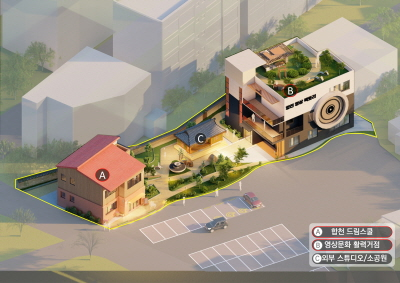
<Visual Culture Vital Base>
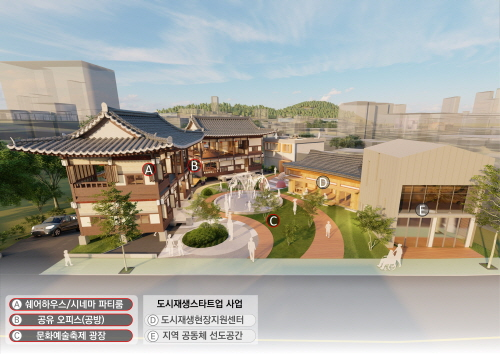
<Hapcheon Stay Cinema Village>
② Regionally specialized regeneration in Cheongju, Chungcheongbuk-do (beauty start-up support)
26 billion won (411 billion won in national budget) by 180 for the Mochung-dong area, Seowon-gu, Cheongju, where the decline in commercial districts and the decrease in floating population are intensifying due to the influence of commercial districts behind Seowon University, aging commercial districts and industries, and new commercial districts (Bokdae-dong, Dongnam district, etc.) to promote start-up support projects in connection with strategic industries in Chungbuk, such as cosmetics and beauty.
Experience-type pop-up shops where users can directly manufacture and purchase cosmetics, “Beauty Dream Shop” that supports the discovery of various beauty-related startup items such as nail art, hair, cosmetics, and makeup, and the creation of specialized streets to promote and experience the beauty industry. It will be transformed into a special space.
In addition to this, it plans to create a “Dream Planet,” a base space for the food service industry, such as recipe development, cooking practice, and support for preliminary start-ups in the food service industry, and to revive the stagnant university commercial district through business conversion consulting.
In particular, this project is planned to be promoted in connection with the “Youth Startup Park (SPARK) Creation Project,” an industry-academia (Seowon University, SK Hynix) collaboration project, and it is expected that the Mochung-dong area will be reborn as the No. 1 youth culture and youth start-up area in Cheongju. .
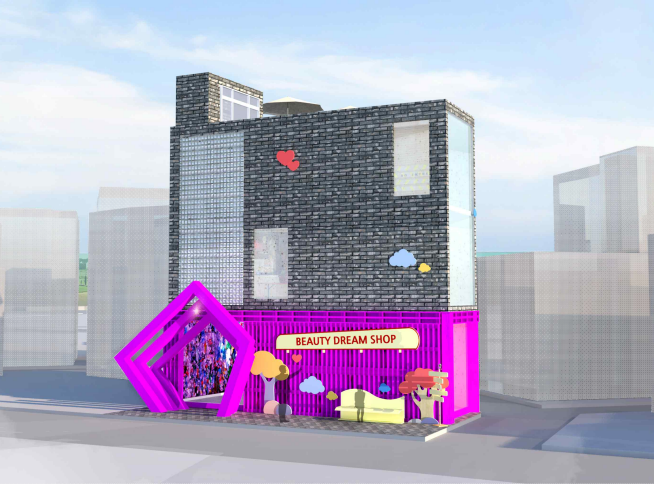
<Beauty Dream Shop>
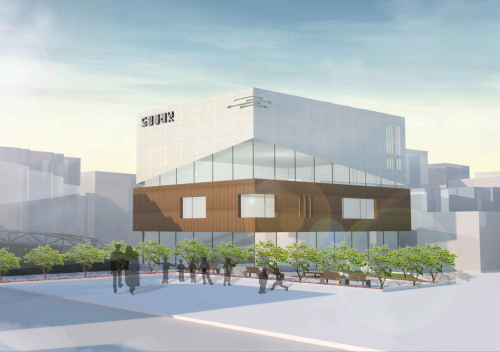
<Dream Planet>
2) Promote 10 places to save our neighborhoods to improve the residential environment of old residential areas.
① Saving Our Neighborhood in Yeongdo-gu, Busan
The Yeongdo-gu Sinseon-dong area (57,500㎡) was lifted from the urban renewal promotion district in 2013 due to low business feasibility.
Therefore, to improve old residential areas, by 26, 143.62 billion won (60 billion won from the government) will be invested to promote the urban regeneration project to save our neighborhood.
By creating a welfare-type living space for caring for single-parent families and the elderly living alone in the region, minimizing welfare blind spots for the underprivileged, and improving the poor walking environment with many steep slopes and narrow alleys, non-slip pavement, maintenance of stairs, and slopes Promote environmental maintenance projects for living streets, such as providing pocket shelters with green spaces.
In addition, it plans to repair vacant houses and abandoned houses that are densely populated along alleys, and to secure the comfort and safety of living in old residential areas by carrying out home repair projects along with alley environment maintenance such as firefighting facilities and floor maintenance.
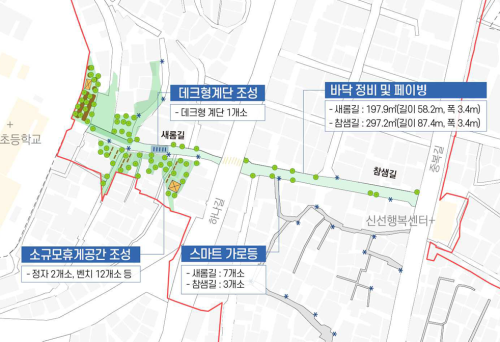
<Slant type green axis development project plan>
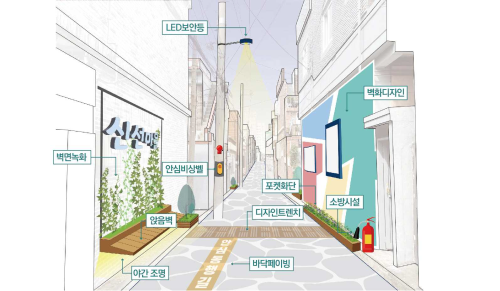
<Perspective view of residential street environment improvement project>
3) Promote one urban regeneration innovation district with a large economic ripple effect in order to create an economic complex that gives new urban functions to the region and create jobs.
① Jeonbuk Gochang Urban Regeneration Innovation District
Due to the continuous population decline and the increase in the aging of buildings, the small and medium-sized city type urban regeneration innovation district model is promoted by publically leading the creation of a regional specialized industrial base in the original downtown area of Gochang-gun (site area 8,400㎡), which corresponds to the preemptive response area for extinction.
It is a project to create an innovation base for the organic processing industry that supports research, processing, distribution, and start-up support in one-stop by utilizing the abundant organic resources of Gochang. It is expected to create an economic ripple effect of KRW 27 billion and about 1,661 jobs.
To this end, Gochang-gun purchased the private bus terminal site, which was in danger of being closed due to a decrease in users, and converted it into public operation to secure stable transportation services in small and medium-sized cities, while comprehensively supplying essential SOC and commercial and business facilities to citizens, as the center of Loven*. plans to create
* [Ruban: rural (rural) + urban (urban)] A regional coexistence model in which rural areas and cities combine to support each other
In addition, it plans to supply (210 households for sale) public housing in the station area, which includes the function of nurturing start-ups (sprout companies) in the dairy processing industry, to prevent urban hollowing out and to support the influx of related manpower through housing support.
Ministry of Land, Infrastructure, and Transport Urban Regeneration Project Planning Director Kim Sang-seok said, “These 26 projects are the first urban regeneration projects promoted by the new government. As only high-quality projects were selected, I expect that results will be created in the near future,” he said. “We will continue to discover various projects to revitalize declining areas through consulting with local governments.”
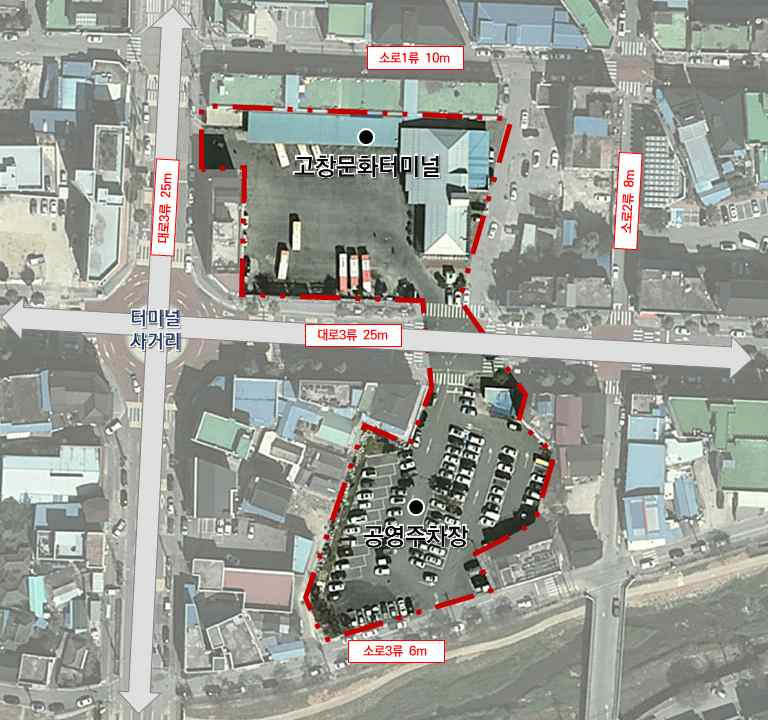
<Status of site>
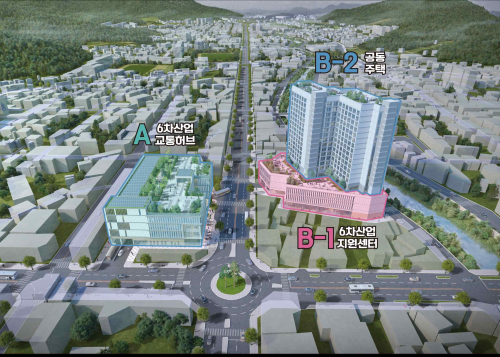
<A bird’s eye view of Gochang Innovation District>



